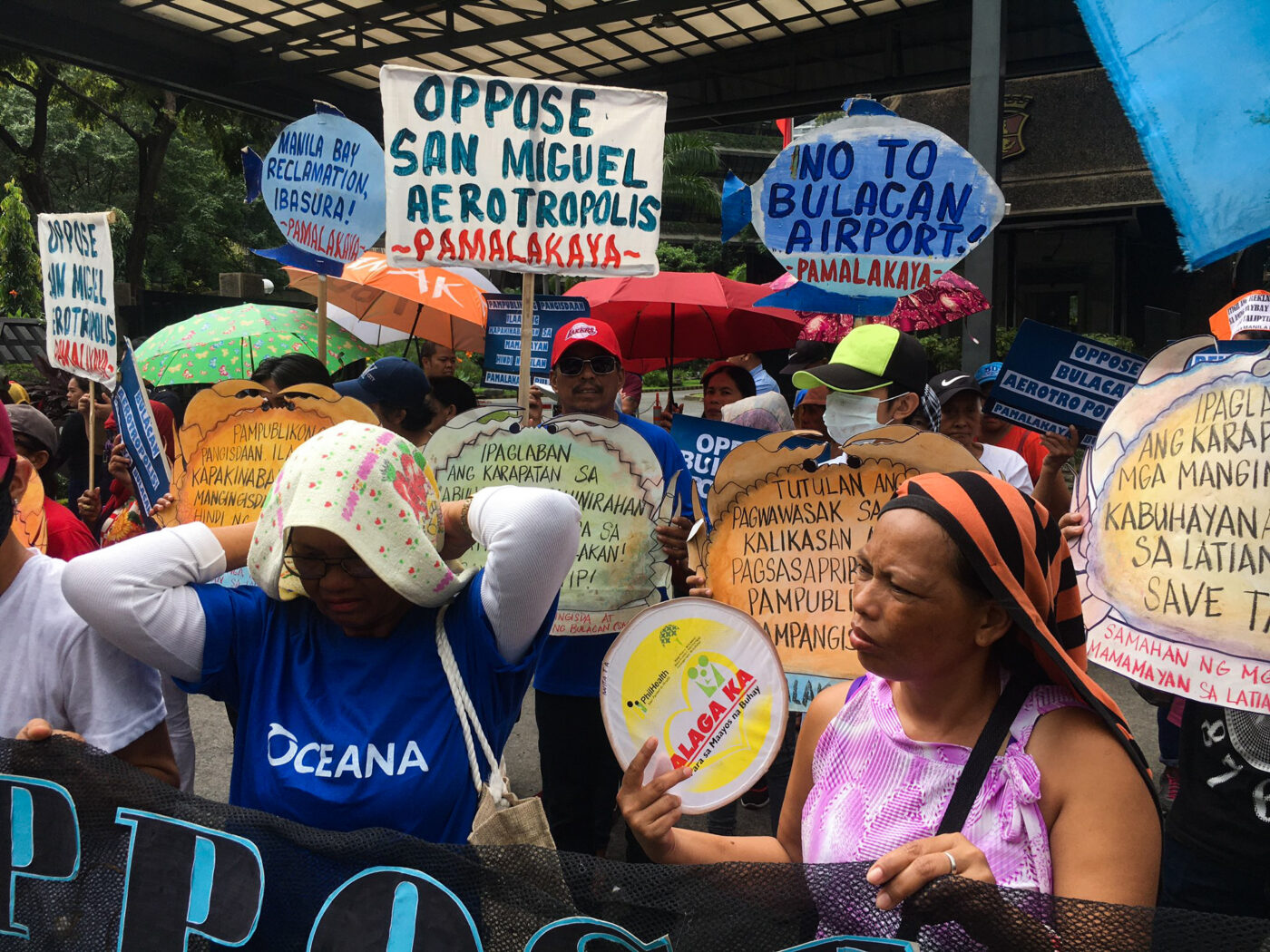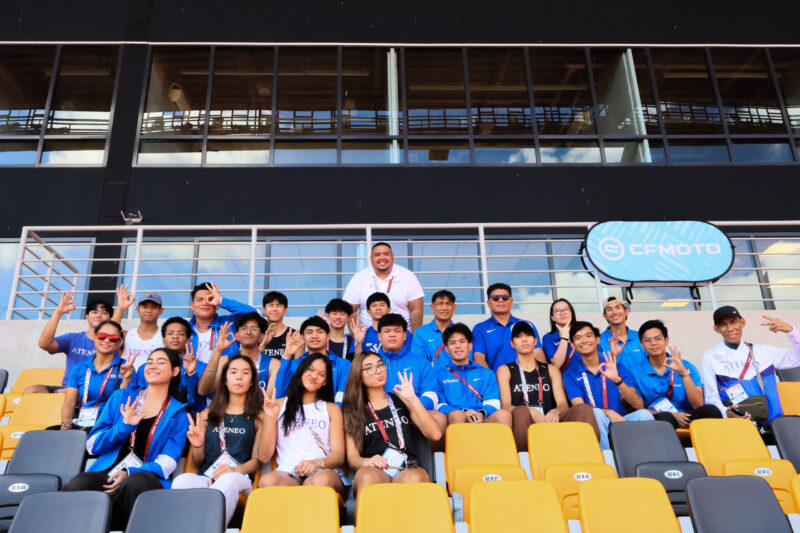WITH THE enactment of the Bulacan Special Economic Zone and Freeport Act, also known as Republic Act (RA) 11999, the Bulacan Special Economic Freeport Zone (BuZ) has been marked to house the long-awaited New Manila International Airport (NMIA), a central hub for commercial and industrial businesses in the province and a spring of local job opportunities in the area.
However, vehement opposition surfaced over projected economic and environmental risks, with local communities bearing the brunt of BuZ’s progress. In the pursuit of national development, the new economic zone opens a new door for big corporations and closes another for the region’s local industries.
Bright prospects
In 2018, the National Economic and Development Authority greenlit the San Miguel Corporation’s (SMC) plan to establish an airport city two years after its proposal to spearhead the construction of a new international airport. Upon its completion, the Philippines’ annual gross domestic product is poised to reach USD 200 billion in exports.
SMC markets the city as an ideal hotspot for local job opportunities, equipped with accessible public transportation and modernized industrial zoning areas. Additionally, the infrastructure network spanning Central Luzon and Metro Manila is idealized to offer an efficient transport system and improved quality of life in the region.
The benefits from the much anticipated “world-class” airport account for most of the optimism around the project. Intended to ease congestion at the Ninoy Aquino International Airport (NAIA), the NMIA is expected to accommodate triple NAIA’s passenger volume. It also aims to utilize the latest digital technologies and boost the country’s tourism by attracting foreign investors.
Disillusioned development
Despite its promised progress, not all is well in the BuZ: last April, SMC announced it would focus on solving NAIA’s perennial problems in the meantime—deferring the airport city’s development and further delaying NMIA’s targeted 2027 completion.
Aside from the delays, environmental groups have lamented the loss of more than 600 vital mangrove trees along the coast of Bulacan—particularly in fishing villages of Taliptip and Bambang—as construction on the NMIA expands. Additionally, more than 3,000 hectares worth of fishponds near the mangroves have been sold to private groups.
While the SMC group has denied any involvement in the clearing, residents have reported that hired laborers responsible for the incident have identified themselves as SMC representatives.
According to Oceana Philippines Vice President Atty. Gloria Ramos, the loss of mangroves has disturbed the marine biodiversity that is vital to local income and food security. She adds that the losses also opened up Bulacan and Metro Manila to increased vulnerability to typhoons by removing the region’s natural coastal defenses.
As of July 2021, all residents who lived in the direct project area have been barred from entering the site by the military and are effectively displaced. Shirley Bacon, resident leader of the former Sitio Kinse in Barangay Taliptip, shares that her community has been dissolved because of mass displacement. “None of us were consulted on this project,” she laments.
While a consultation process did take place, a Global Witness report states that armed soldiers went door-to-door with SMC representatives that community members felt pressured to take the offered compensation due to military threats.
Although local government officials had promised to relocate potentially displaced households, only half received compensation. Moreover, many citizens had to leave because fishing had become “impossible […] when the project made the sea off-limits,” as described by the same report.
University of the Philippines School of Urban and Regional Planning Professor Jose Edgardo Gomez Jr., PhD asserts that a strong upliftment from social agencies will ensure that the project remains inclusive to the locals.
Gomez also suggested that SMC allot a portion of its earnings to the displaced residents by investing in their professional skills, providing them with job opportunities, and constructing road networks and drainage systems for them.
The path forward
Despite these challenges, Atty. Ramos still believes that the BuZ can be constructed “in a sustainable and inclusive way,” calling for companies to adhere to environmental laws and regulations when pursuing development. Until now, the Bulacan government has yet to pay heed to the residents’ call to bridge their concerns with SMC to arrive at a mutual agreement.
While spurring economic growth remains an urgent concern for Philippine lawmakers, equally crucial to the endeavor is ensuring that development initiatives do not uproot locals from their native lands and livelihood. For projects such as the BuZ to successfully champion sustainability, their development must also model itself after social and environmental justice.




